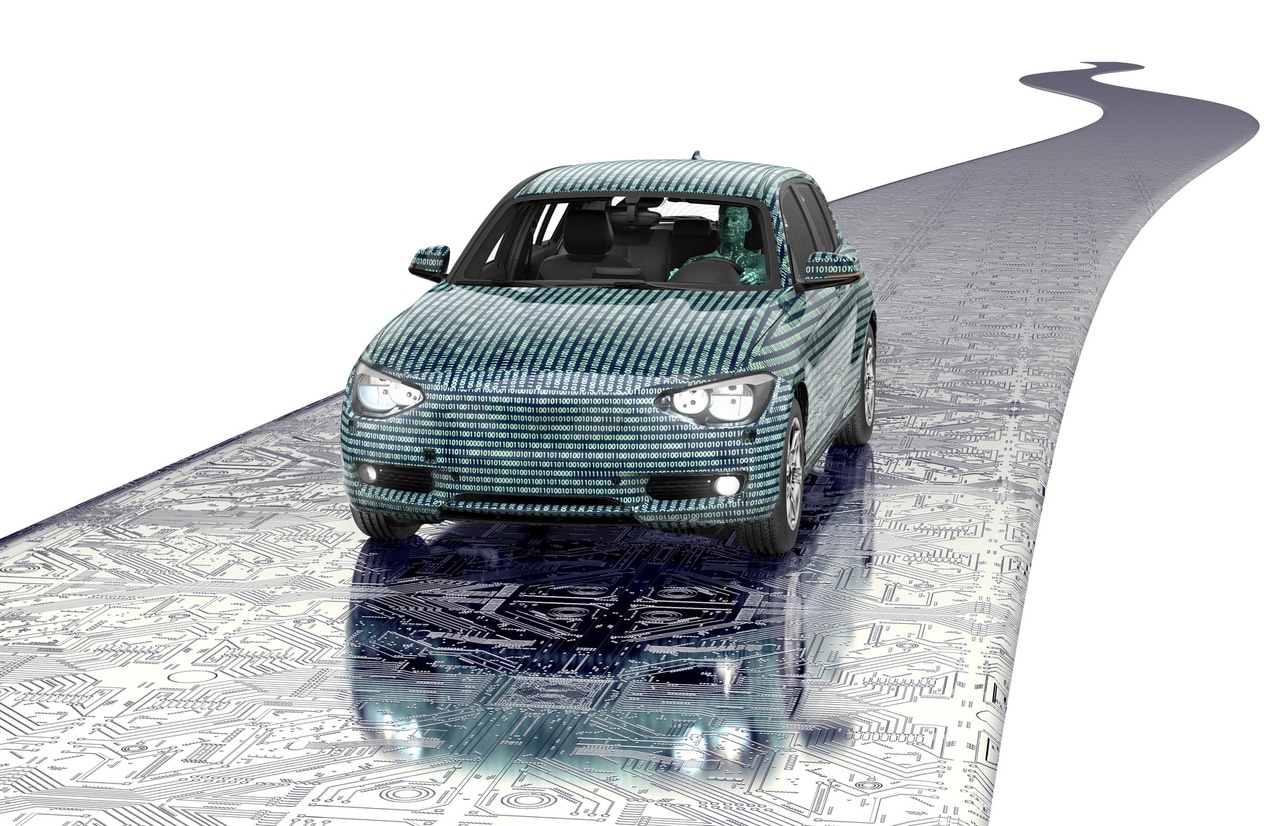Intel, Uber and Volvo hit top gear in drive for autonomous vehiclesIntel, Uber and Volvo hit top gear in drive for autonomous vehicles
Intel, Uber and Volvo have announced new initiatives as momentum towards self-driving vehicles begins to accelerate.
August 19, 2016

Intel, Uber and Volvo have announced new initiatives as momentum towards self-driving vehicles begins to accelerate.
Intel’s roadmap has been laid out at Intel Developer Forum (IDF) this week, though there are still a few hairpin turns to negotiate before the finish line is in sight. Intel believes there will be a 120 million vehicles with varying degrees of autonomous featured on the roads by 2030, though there was little mention of the 2021 target which was mentioned a couple of weeks ago during the partnership announcement with BMW and Mobileye. After the talks at IDF it could suggest the 2021 figure was being used as more of a PR soundbite, geared around the development of standards as opposed to a mass market product.
Intel spent significant sums of money on trying to get into the mobile game eventually coming to the conclusion it was not able to compete with the likes of ARM. It would appear the company has matured somewhat following the experience. Instead of investing heavily on the device side of the IoT market, it is prioritizing its expertise; IoT in the data centre.
The talks at IDF highlighted the full portfolio Intel has at its disposal, with the team claiming an ‘end-to-end’ technology assets to power the vehicle, communications and the data centre. The key message here is Intel will be able to sufficiently support the demands of storing, sharing and protecting the unprecedented rates of data that will feed deep learning algorithms to train the vehicle.
In other news, Uber is also moving up through the gears after announcing it will acquire self-driving start-up Otto. The company, which specializes in self-driving trucks for long-haulage, is currently headed up by Anthony Levandowski who is considered by some to be a pioneer in the autonomous vehicles world. One of his first inventions, a self-driving motorcycle called Ghostrider, is now in the Smithsonian. Levandowski will now be one of Uber’s top engineers.
“Together, we now have one of the strongest autonomous engineering groups in the world; self-driving trucks and cars that are already on the road thanks to Otto and Uber’s Advanced Technologies Center in Pittsburgh; the practical experience that comes from running ridesharing and delivery services in hundreds of cities; with the data and intelligence that comes from doing 1.2 billion miles on the road every month,” said Travis Kalanick, CEO at Uber.
The acquisition also drives Uber into a new market segment; long-distance delivery services. For some, the delivery service industry would be a logical step for Uber, which has rapidly risen to fame over the last few years. While the company has been hitting some speedbumps in recent weeks, it has been forced onto the hard shoulder in China, the success of the brand has not been brought into question. That said, the team still have lofty ambitions, moving into new markets and even decreasing its dependence on third-parties by investing in its own mapping technologies.
Alongside the Otto announcement, the team will also partner Volvo Cars to lead a joint project to develop new base vehicles that will be able to incorporate the latest developments in autonomous driving technologies, up to and including fully autonomous driverless cars.
As part of the partnership, Uber will allow customers in downtown Pittsburgh to summon self-driving cars from their phones, according to Bloomberg. The Uber/Volvo fleet will be at first be supervised by humans in the passenger seat, though this is the first instance of self-driving cars entering into the customers world. Should the initiative run to plan, Uber could be seen on pole position in the self-driving race, though Google and Tesla might have something to say about this in the coming months. The key difference between the three brands who could be seen to be leaders in the field, Uber has not vocalized any intentions to manufacture its own vehicles offering more freedom to collaborate with other manufactures around the world.
Both companies will use the same base vehicle in their own individual efforts, while also collaborating on breakthroughs. The new base vehicle will be developed on Volvo modular Scalable Product Architecture (SPA), to further add to the scalability of the SPA platform to include all needed safety, redundancy and new features required to have autonomous vehicles on the road.
About the Author
You May Also Like










.png?width=300&auto=webp&quality=80&disable=upscale)


_1.jpg?width=300&auto=webp&quality=80&disable=upscale)